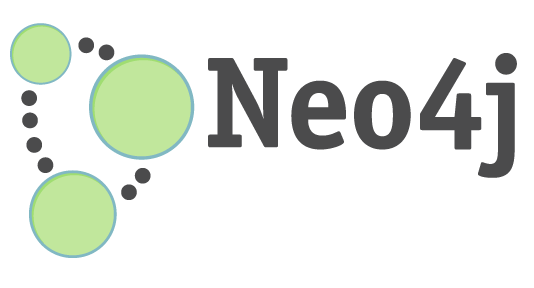Recently I’ve been posting a lot of articles about database and more specifically NoSQL. I’ve given a quick overview of each of the NoSQL database types as well as an overview of common concepts that appear throughout most NoSQL databases. Now I want to focus on a specific NoSQL database and I have Chosen MongoDB.
MongoDB is the most popular NoSQL database out there right now and you don’t have to take my word for it. Looking at Google Trends, you can see that MongoDB is getting more searches than Redis, Neo4j and Cassandra combined. Each of these databases are leading the way for their own database model (key-value, document, column and graph). So if you plan on learning a new database, MongoDB is without a doubt a fantastic choice. I’ve personally really enjoyed working with it the last 3 months and can see it being a popular choice for a very long time.

